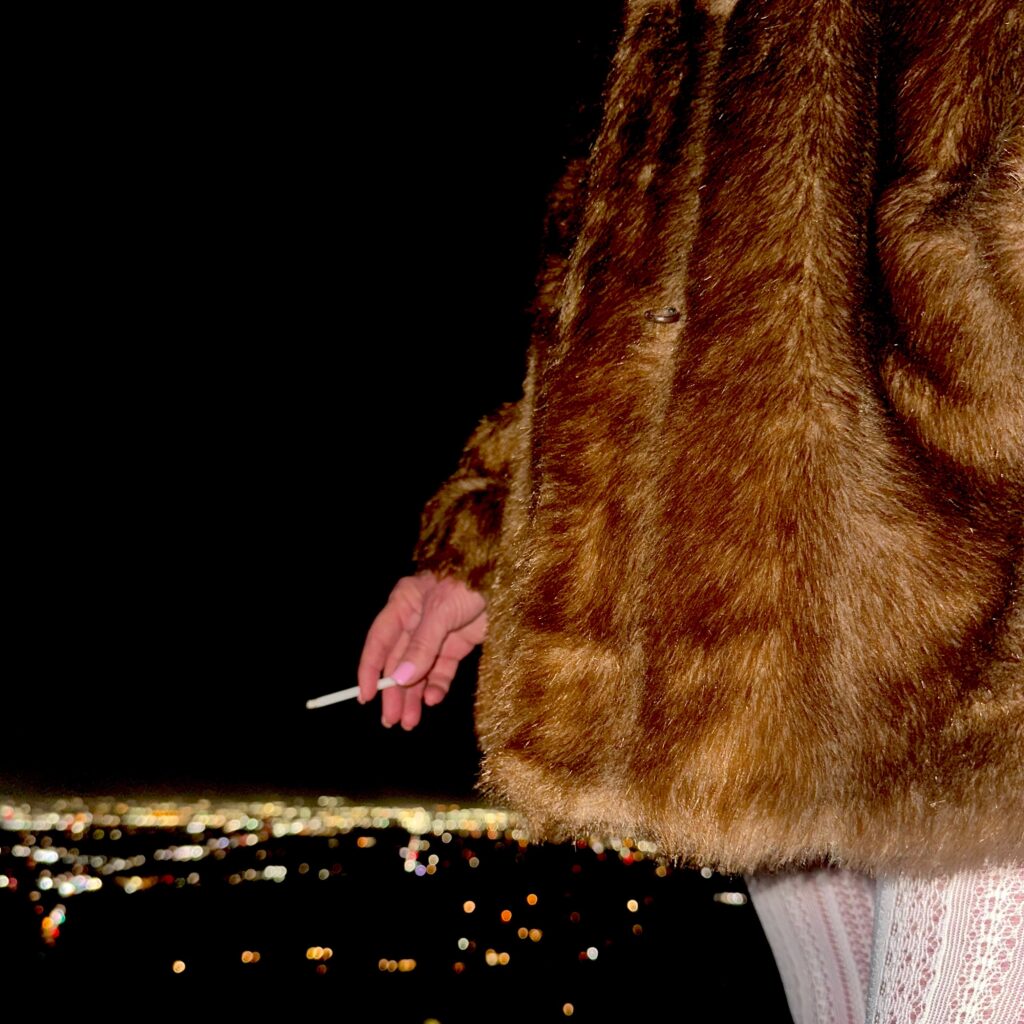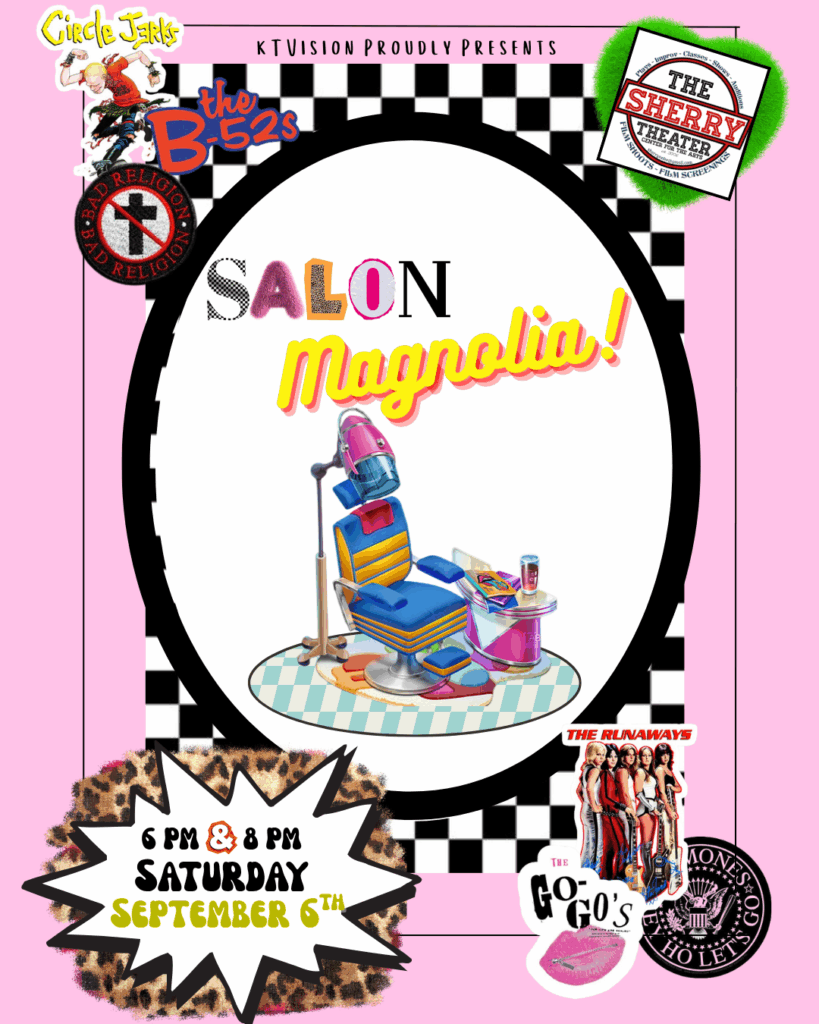by KE Monahan Huntley

Percussion rushin’.
Long Lines at the House Parties.
Blare. Glare. Stop and Stare.

Fig. It. Out.
by KE Monahan Huntley

Secrets Lies Sis Spies.
“15 there’s still time for you.”
Pen15 Wiigged out.
by NoHo Arts District
by Katharine Elizabeth Monahan Huntley

Just When You Think . . . Blink.
Smoke ’em if you Got ’em . . . Dance.
Dead Resurrection.


by Katharine Elizabeth Monahan Huntley

Cali Champagne Cold.
Vanderpump Rules The Valley
Appointment TV.
A Minecraft Movie/The Dark Side of Kidfluencing
by Katharine Elizabeth Monahan Huntley

Minecraft Innocence.
Pink Fringed Faux Leather Jacket.
Pied Piper Fraud Squad.
by Joni Hollingsworth

Language is awful.
Put a gun to a kid’s head?
It was not funny.
Editor’s Note: Fun fact—Blake Lively shares an orthodontist with MacGuinness and Killian in beautiful downtown Burbank.
by Kerrin Ross Monahan

Life of Pi by Yann Martel (winner of the Mann Booker prize).
Fantasmagorical!
Fact and (possible?) fiction, so expertly woven together that it all seems true. Richard Parker, nemesis extraordinaire, by his very vigorous existence, keeps our hero, Pi, alive, thinking and working at top capacity. In doing so, Pi saves his own sanity and life.
Everyone has their own Richard Parker, who lurks in the shadows, ready to pounce. The question is, how to face up to him in times of crisis. Do we let him devour us, or do we keep him out of our territory by the constant cracking of whip and blasting of whistle?